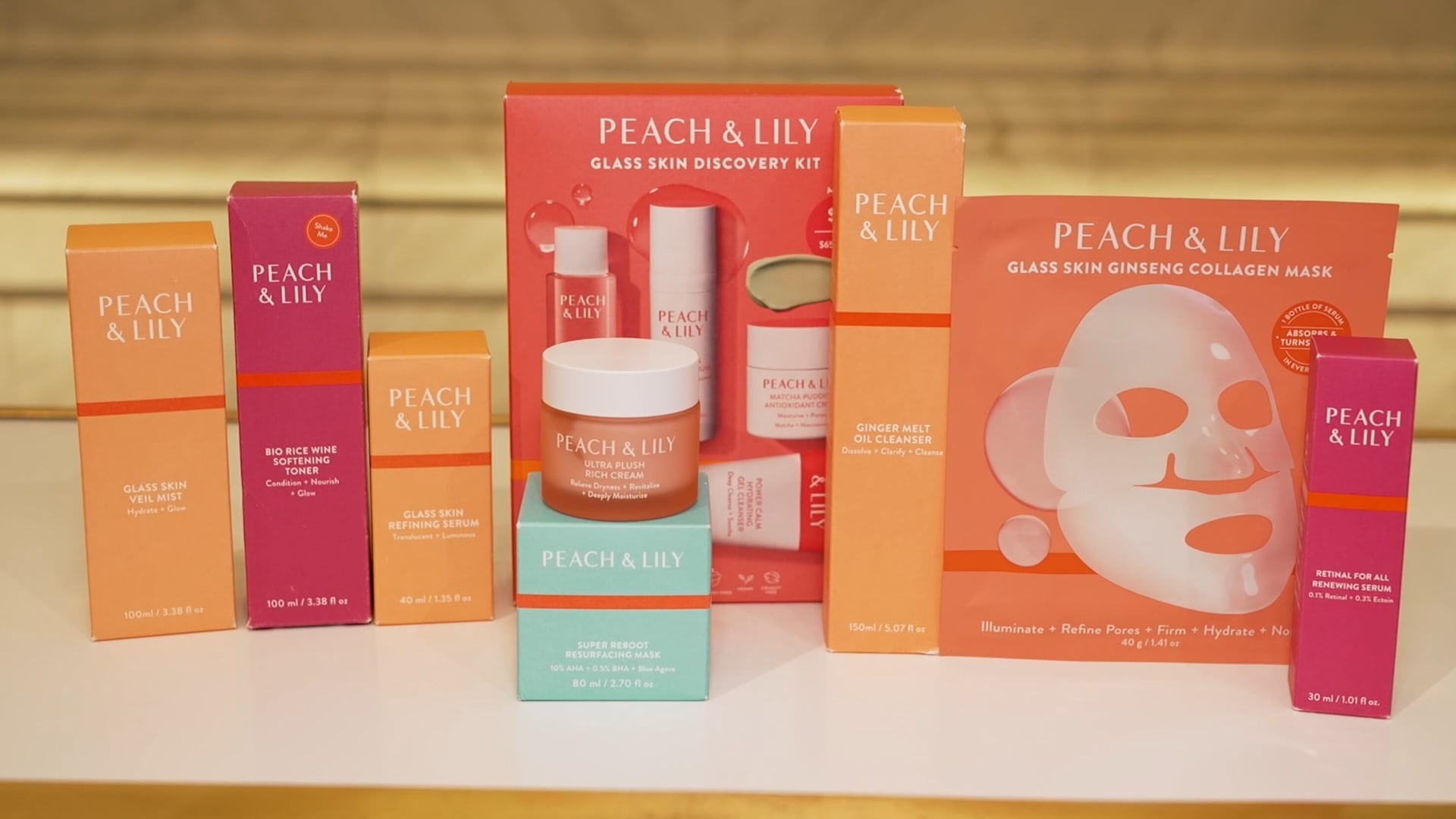Netflix's updated standard for what constitutes a 'view' is renewing the contentious debate about viewership measurements across the digital space.
"Unlike TV, where Nielsen ratings are the only accepted way to measure viewership, viewer measurement varies wildly across the entire digital ecosystem," said eMarketer forecasting analyst Eric Haggstrom. "Netflix's recent changes to how they report viewing will have the effect of inflating their viewership metrics, specifically on new original content which is heavily promoted within their app."
The company wrote in its latest quarterly earnings report on Tuesday that it had lowered the threshold for a view to someone who watched a piece of content for at least two minutes. It began using the metric when calculating its top 2019 list in December.
Previously, Netflix counted a view only if a person watched at least 70 percent of a movie or TV show. The company said it expects the change in policy to bump up its "watched-by" statistics by 35 percent.
"The opening credits often run longer than two minutes, so has a consumer really made a commitment to watch?" said video marketing platform VidMob's chief brand officer Stephanie Bohn. "But, in a world of shrinking attention spans, this measurement approach may be the way to go. We see similarities in digital advertising, where views are recognized after a matter of seconds, which has dramatically changed the way ads are designed."
The definition of what constitutes a view varies across platforms. Facebook and Instagram's standard is just three seconds, though, arguably, their content is generally much shorter than a standard episode. Snapchat starts counting a view as soon as the video appears on the screen, but its content takes over the whole screen whereas Facebook videos could appear alongside other written content. YouTube charges marketers for its TrueView in-stream ads only if the viewer watches at least 30 seconds of a video.
"Advertisers and their agencies are looking for clarity when evaluating core metrics across platforms and devices — they want consistency and independent, third-party measurement," said consulting group Ebiquity's managing director of North America Jed Meyer. "This move by Netflix potentially creates more confusion and complexity in the market – the opposite of what clients are looking for."
Netflix is in a unique situation because it does not allow for commercials, Tal Chalozin,chief technology officer of the video marketing platform Innovid, pointed out. It doesn't need advertising dollars to fund its shows, so it operates in a closed ecosystem using its own private data when deciding whether to renew or cancel shows. In the grand scheme of things, the streaming network's change in metrics doesn't mean anything to advertisers — it may just help their content seem more appealing.
"The real question is how are they optimizing their discovery engine," Chalozin said. "This is where the methodology is super important. How will it value content that is super flashy by giving it marketing dollars?"
Although there isn't an industry standard, Netflix's new measurement standard does make it harder to compare the platform's viewership with more traditional media when trying to determine success. For example, using the two-minute metric, the company said "The Irishman" was viewed 26 million times in its opening week. That would be hard to align with box office ticket sales from the same weekend because people who trekked to the movie theater likely went with the intention of seeing the film, rather than those who stayed home, decided to check it out, with some ultimately opting to not watch it after a few minutes. Although, on the flip side, one could argue some people may have purchased box office tickets for a movie but didn't actually go.
"Metrics should answer a question, and if your question is whether or not someone liked a program, I think this metric is disingenuous," said advertising and media agency Walrus' head of media Ryan Gordon. "As a media buyer, this doesn't impact me directly, but if I was l looking for product placement partners or [to] understand content trends, I think it's damaging. It reduces clarity in an already opaque media channel, and it's a disservice to those looking to better understand consumer viewing behavior."









